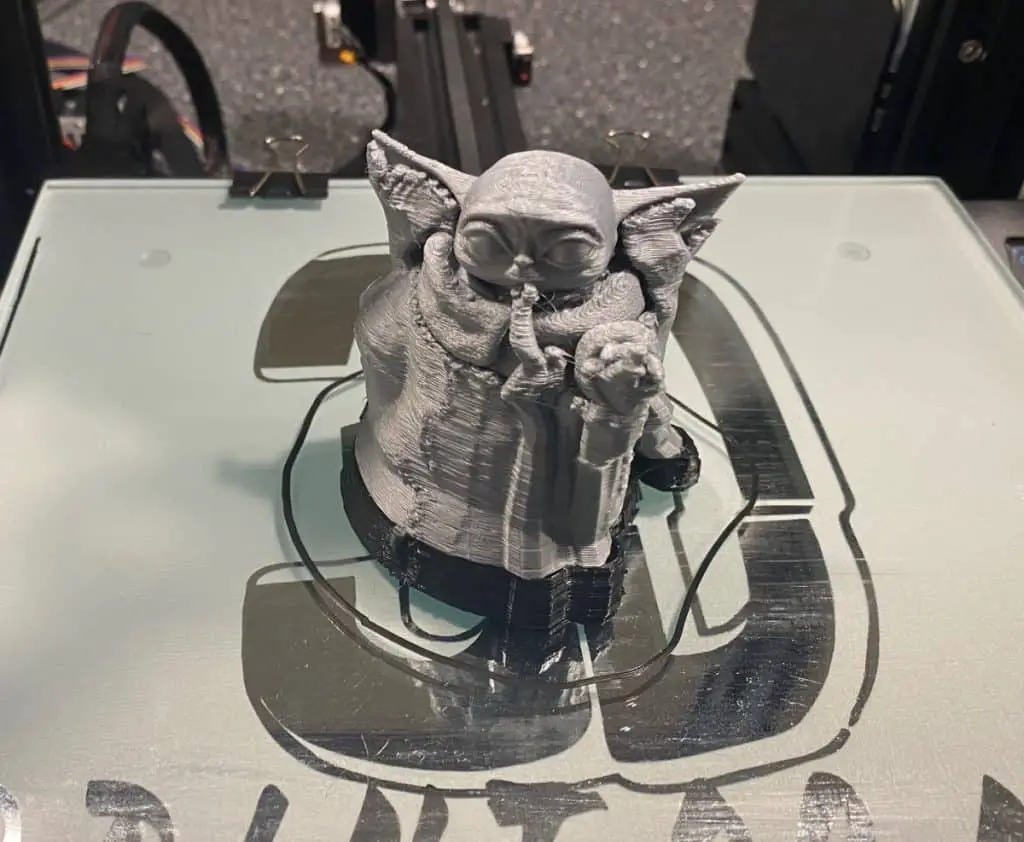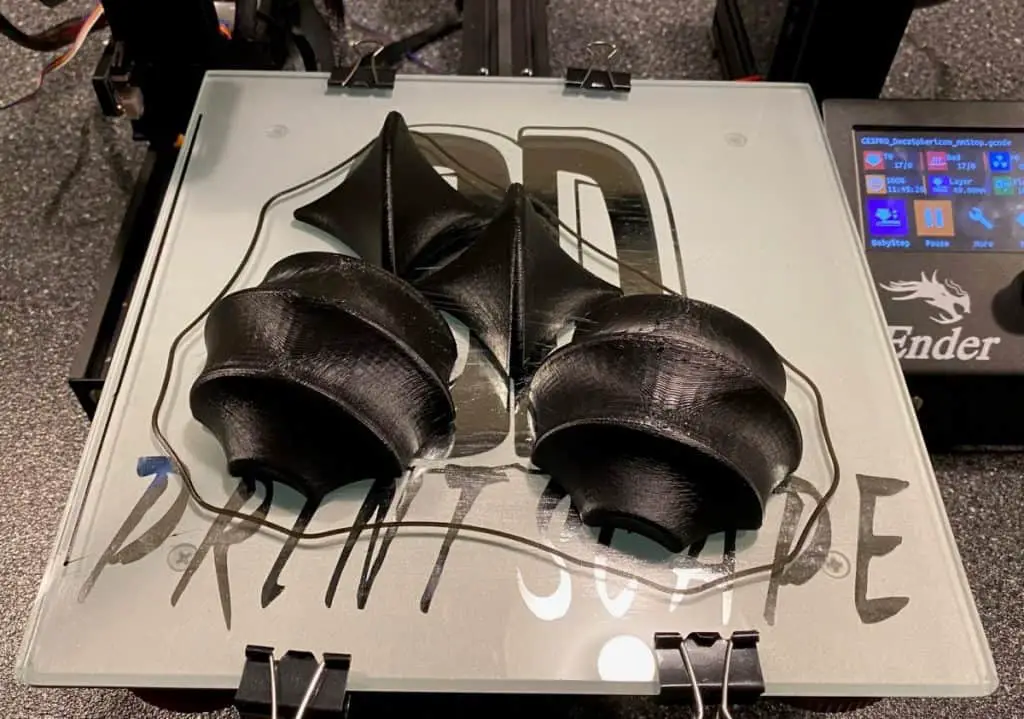3D printers are amazing tools that many different people use to create their own 3D designs without having to manually do so. What 3D printers do is that they use melted plastic to form the design that you want the 3D printer to print out. And what comes out is a 3D print that follows the overall design that you asked the 3D printer to deliver. So, given the fact that you are dealing with melted plastic here, how long will it take for 3D prints to cool?
In most cases, it will take around 5 to 10 minutes for a 3D print to cool. This could still depend on the overall design and how large it is because there might be designs that may take more time to cool compared to others. There are also some 3D printers that tend to be hotter than others.
It is very important to make sure that you allow your 3D print to cool because of how you don’t want to end up causing the plastic to warp while it is still soft. As such, the key here is to leave the 3D print alone for as long as possible so that you can allow it to cool before you separate the 3D print from the base.

Do 3D prints need to cool?
One of the most surprising technologies we have today is the 3D printer because of how you can basically print a 3D model using this machine. This is why there are plenty of different designers who use 3D printers to print different types of objects that they can use for a wide variety of purposes, depending on what they printed those 3D prints for.
When you look at how 3D printers function, what they do is that they use certain materials that are melted down and are formed into structures that are based on the specifications of your design. In most cases, pieces of plastic are usually the ones that are used as the main material of the design.
Given the fact that you are using melted plastic when you are using a 3D printer to produce a 3D print, does that mean that the 3D print needs some time to cool before you remove it from the base of the 3D printer?
Yes, the 3D print needs to be cooled first before it can be removed from the 3D printer’s base. The reason is that, as mentioned, 3D printers use melted materials (such as plastic) to construct the structure you want it to print based on the specifications of your design.
So, what happens is that the 3D printers use materials like thermoplastics, which are plastics that can melt when heated and solidify when cooled. But the thermoplastic is still in its melted state as the 3D printer forms the structure you want to be printed. As the 3D print is steadily formed by the 3D printer, the plastic will begin to steadily solidify as well when cooled down by the ambient temperature.
However, because melted plastic may take time to completely solidify, you need to make sure that you allow your 3D print to cool down first. That is because, if you try to remove the 3D print from the base of the 3D printer, there is a chance that the 3D print is still quite soft and is yet to harden. This will cause it to have a deformed shape that isn’t up to the specifications of your design. You are basically compromising the overall structural integrity of the 3D print by taking it out of the base before it hardens.

How long will it take for a 3D print to cool?
Now that you know how important it is for you to allow your 3D print to cool, how long does it usually take for 3D prints to cool? The answer can depend on a lot of factors such as the design of the 3D print, the machine that you are using, and the temperature of the ambient air.
Of course, simpler designs might take a shorter time to cool because there won’t be too many layers that need to harden. And when the temperature in the air is colder such as when it is fall or winter, it might take your design a shorter time to cool before you can remove it from the base of the 3D printer.
However, in most cases, it might take around 5 to 10 minutes for a 3D print to cool. This is usually the general rule. But, when we say “to cool” here, it doesn’t necessarily mean that the 3D print is cool enough for you to handle. There are some cases where the 3D print might still be quite hot or warm but has already hardened enough that you can safely handle it without compromising the integrity of its shape.
So, if your 3D print is still quite warm even after 10 minutes, you may be able to take it out of the base of the 3D printer by using a spatula. From there, you can allow it to cool down on a cooler base such as a cooling rack.

If you cannot use a spatula such as when it is not available, what you can do is to wait for the base of the 3D printer to completely cool before you can take the 3D print with your hands. The base of the 3D printer will take a longer time to reach room temperature compared to the 3D print itself.
However, there are some rudimentary tactics that you can use to speed up the cooling process. You can actually take the base of the 3D printer together with the 3D print using a pair of mittens and then keep it in a refrigerator or a freezer. There are even some people who pour cold water on the opposite side of the base so that it will cool much faster.
When you hear a creak or a similar sound coming from the base, that means that you can now safely detach the 3D print from the base because it has now hardened enough to a point that you can handle it safely without it deforming. But it still is very much important to handle the 3D print with care when it is still quite warm because it might still be soft enough to deform if enough force is applied to it (such as when you accidentally drop it).
Related Articles
- All About 3D Printer Plastic
- Can You Drill Into and Cut 3D Printed Plastic?
- Does PLA Need to Be Kept Dry?
- Can You Spray Paint PLA? Details Inside
- 3D Printer Printing Too Thin – Let’s Fix It!
- How Do You Resume A 3D Printer After Power Loss?
- PLA vs PLA+ – What’s the Difference?
Make sure you check out our YouTube channel, and if you would like any additional details or have any questions, please leave a comment below or join us on Discord. If you liked this article and want to read others click here.
